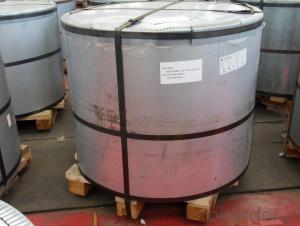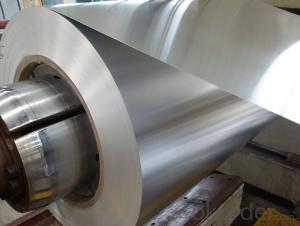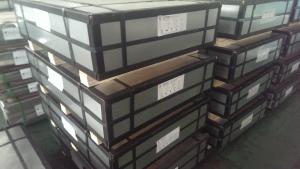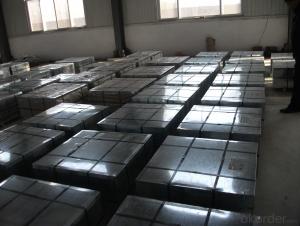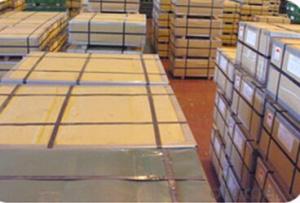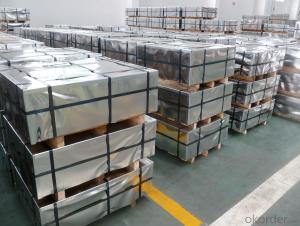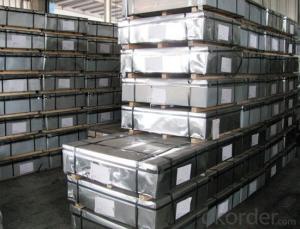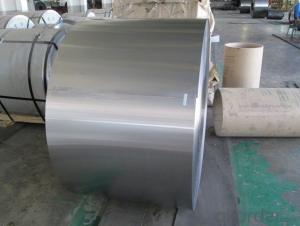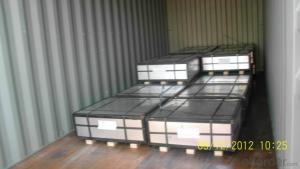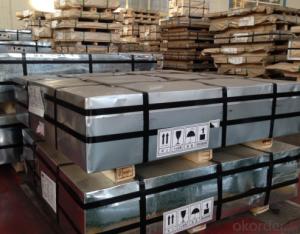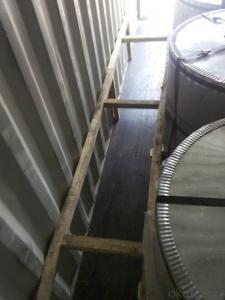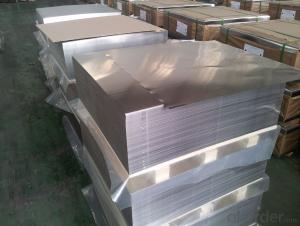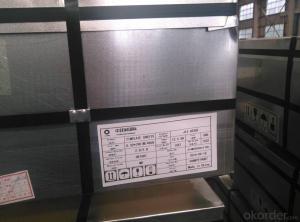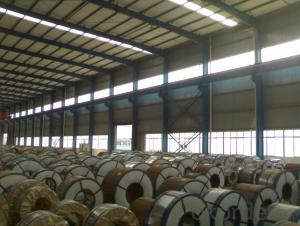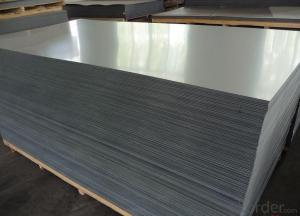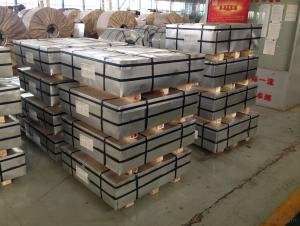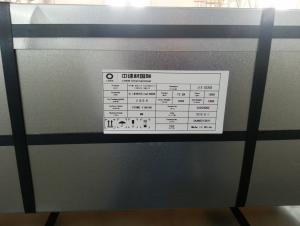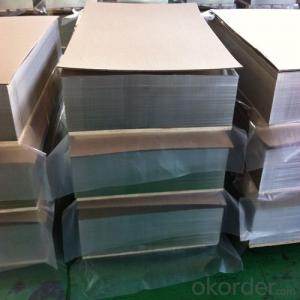Tinplate Cans
Tinplate Cans Related Searches
Electrical Panel Accessories Tinplate Iron Outdoor Spigot Parts Electrical Waterproof Spray Double Reduced Tinplate Non Electrical Equipment Kenmore Electric Dryer Parts Besam Door Parts Mth Standard Gauge Tinplate Agricultural Machinery AdhesiveHot Searches
Plastic Sheets For Sale Tinplate Sheets For Sale Grp Sheets For Sale Granite Sheets For Sale Styrofoam Sheets For Sale Starboard Sheets For Sale Mth Tinplate For Sale Tinplate For Sale Tinplate China Tata Tinplate Price List Tinplate Price Trend Tinplate Nse Share Price Tinplate Price Chart Tinplate Share Price Nse Tata Tinplate Share Price Tinplate Share Price Today Tinplate Share Price Bse Tinplate Price Tinplate Share Price Tinplate Coil ManufacturersTinplate Cans Supplier & Manufacturer from China
Okorder.com is a professional Tinplate Cans supplier & manufacturer, offers integrated one-stop services including real-time quoting and online cargo tracking. We are funded by CNBM Group, a Fortune 500 enterprise and the largest Tinplate Cans firm in China.Hot Products
FAQ
- The regulations regarding the use of tinplate in food packaging vary depending on the country and region. However, in general, tinplate used in food packaging must meet certain safety standards to ensure that it does not contaminate or pose any health risks to consumers. These standards often involve regulations on the composition of the tinplate, such as restrictions on hazardous substances like heavy metals, as well as requirements for coatings or linings to prevent direct contact between the food and the metal. Additionally, labeling requirements may exist to inform consumers about the presence of tinplate in the packaging. It is important for manufacturers and suppliers to comply with these regulations to ensure the safety and quality of food packaging.
- Tinplate is commonly used in the jewelry industry for a variety of applications. It is primarily used for making packaging materials such as jewelry boxes, display cases, and gift boxes. The tin coating provides a shiny and attractive finish, making it an ideal choice for presenting and storing jewelry items. Additionally, tinplate can be used for creating intricate designs and patterns on jewelry pieces, adding a unique and decorative touch.
- There are several advantages of using tinplate for household appliances. Firstly, tinplate is highly resistant to corrosion, making it ideal for appliances that come in contact with water or other liquids. This corrosion resistance ensures the longevity of the appliance, reducing the need for frequent replacements. Secondly, tinplate has excellent heat resistance properties, making it suitable for appliances that generate high temperatures. This heat resistance allows for efficient heat transfer and prevents warping or damage to the appliance. Additionally, tinplate is lightweight yet sturdy, making it easy to handle and transport while maintaining durability. Lastly, tinplate is a sustainable material as it is 100% recyclable, reducing environmental impact and promoting a circular economy.
- Tinplate handles exposure to light quite well. Due to its metallic properties, tinplate is not affected by light in terms of discoloration or degradation. It does not absorb light and is not prone to fading or yellowing. Therefore, tinplate can maintain its appearance and integrity even when exposed to light for extended periods.
- Some common challenges in processing tinplate include maintaining consistent thickness and coating quality, minimizing dents and scratches, ensuring proper adhesion of the tin coating, preventing corrosion or rusting, and achieving precise shaping and forming without cracking or distortion.
- The elongation of tinplate refers to the ability of the material to stretch or deform without breaking or cracking. It is a measure of its ductility or malleability.
- What is tin plate?
- Tinplate is a tin covered with tin, it is not easy to rust, also known as tin iron. Tinplate was most premature in Bohemia (now Czech and Slovakia). The land has been rich in metal since ancient times, advanced in technology, and know how to use water power in the manufacture of machinery, from fourteenth Century onwards began to produce tinplate. For a long time, it has been the main source of tinplate in the world. Tin was mainly used for making tableware and drinking utensils.
- The composition of tinplate?
- The name "tinplate" is not exact. Therefore, in 1973, when the Chinese tin plate meeting was called "tinplate", the official document no longer used the name "tinplate".

